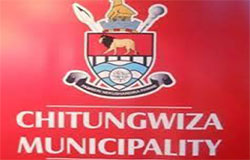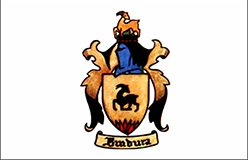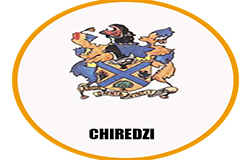Overview
Chitungwiza Municipality is an urban local authority established in terms of the Urban Councils Act, whose mandate is to provide social services. Its population, according to the 2012 National Population Census, is over 350 000 people, contributed to its rating as the third largest urban settlement area in Zimbabwe – after Harare and Bulawayo. The Town is situated about twenty-five (25) kilometres to the south of Harare and approximately ten (10) kilometres from the Harare International Airport. Chitungwiza is currently divided into twenty-five (25) wards, with each of them represented by an elected Councillor. There are five (5) National Assembly constituencies and one (1) Senatorial constituency in Chitungwiza.
Chitungwiza derives its name from “Dungwiza”, which was the ancient home of the legendary prophet “Chaminuka” who was situated across Nyatsime River. Three residential areas: Seke, St Mary’s and Zengeza, together with the additional component of the insignificant industrial area, were amalgamated into one authority. Thus, the new Urban Council was promulgated and became operational with effect from 1 January 1978.
Chitungwiza was initially created as a Dormitory Town for Harare before independence. The Independent Zimbabwe Government which came into power in 1980, recognized the potential of Chitungwiza and went on to grant it Town Council status in 1981. As a result, growth point incentives were introduced in 1986, as a way of bringing development through attraction of investment into the growing Town of Chitungwiza. It is the Council’s desire to see the Town grow and develop to greater heights. The elevation that followed and still stands to date was the granting of municipal status in 1995. Council, therefore, finds itself in a position to focus on the next target – to gain City status.
Visited 3380 times, 4 Visits today




